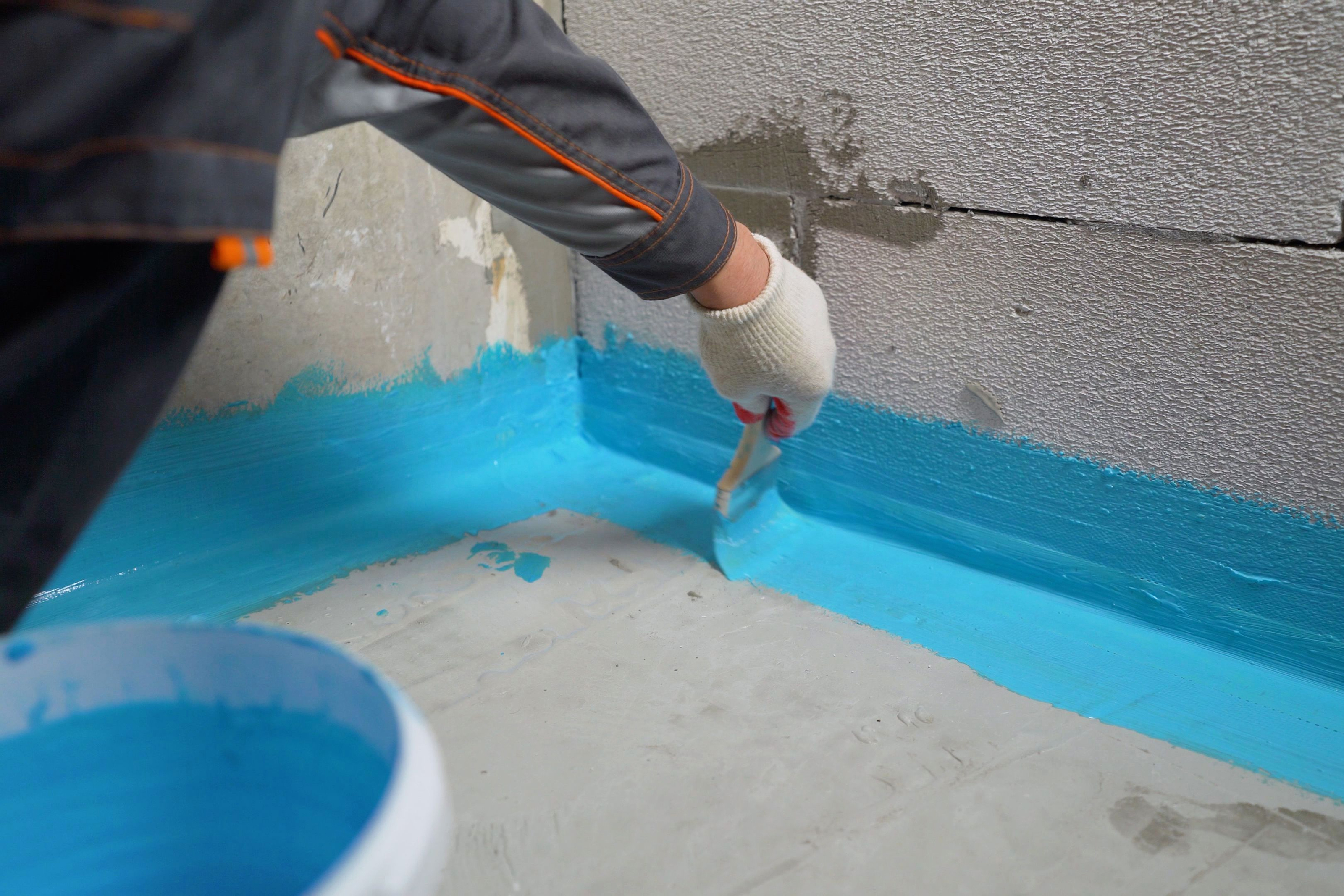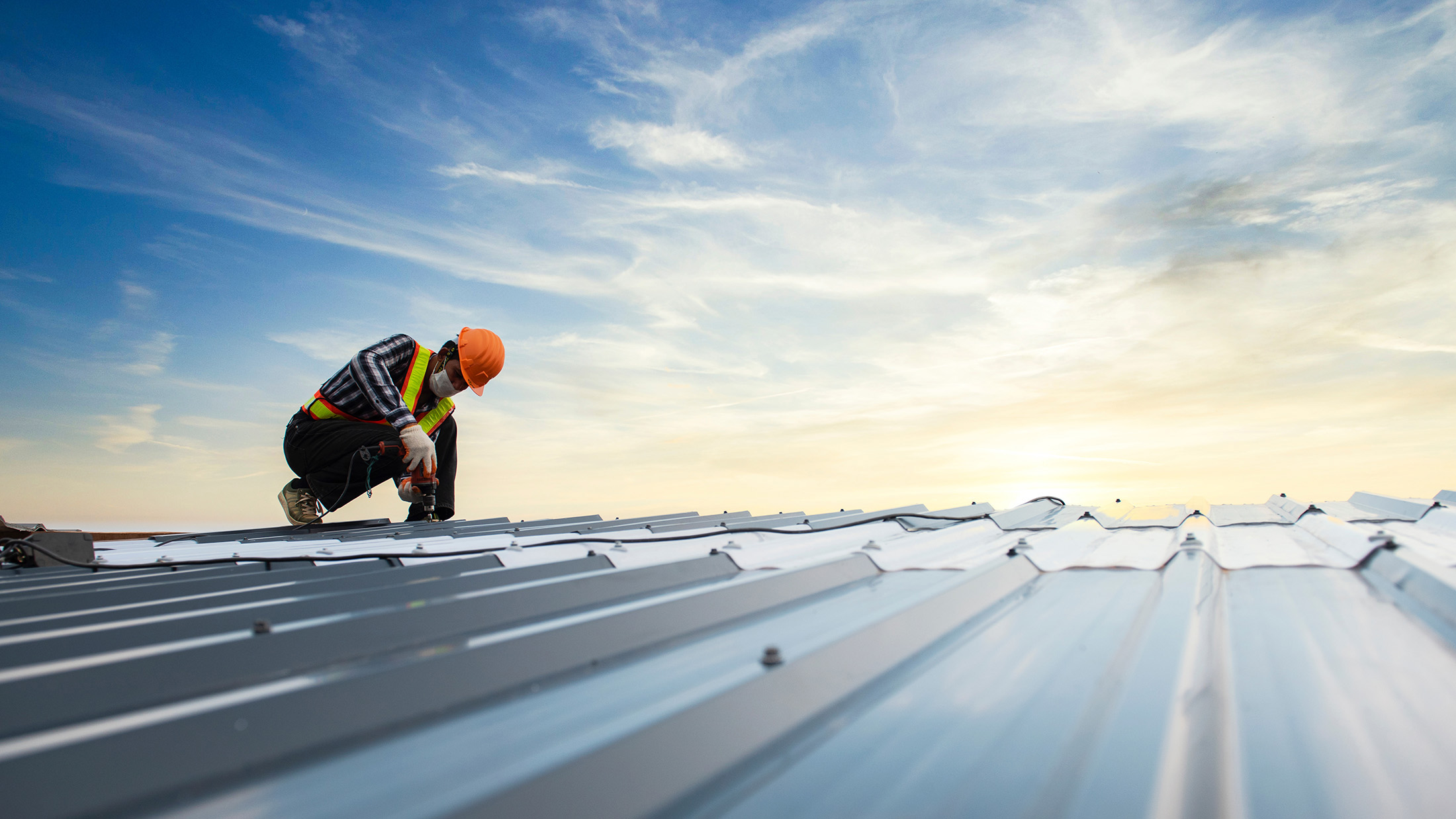How Waterproofing Works: A Detailed Look at Methods and Technologies
Waterproofing is necessary for shielding frameworks from moisture-related damages. It includes different strategies and modern technologies that produce obstacles versus water invasion. Standard approaches, such as compressed clay, exist side-by-side with modern-day developments like liquid-applied membrane layers. Recognizing the nuances of these strategies is crucial for efficient application. The efficiency of any kind of waterproofing service hinges not just on the methods made use of however likewise on recurring upkeep and examination. What are the essential aspects that influence long-lasting efficiency?
Understanding the Fundamentals of Waterproofing
Waterproofing is a necessary process that protects frameworks from water invasion, which can lead to significant damage in time. This method involves the application of different products and strategies made to create a barrier versus moisture. The main objective is to stop water from passing through surface areas, which can trigger damage, mold growth, and structural instability.Various variables affect the selection of waterproofing method, including the kind of framework, its place, and environmental problems. Recognizing the physics of water motion and the properties of various materials is important in choosing an effective waterproofing solution.Effective waterproofing not just safeguards structures however additionally boosts their longevity and integrity. Commonly, it is incorporated into the design stage of building to assure comprehensive security. As awareness of water-related issues expands, the value of comprehending waterproofing principles ends up being increasingly clear to engineers, building contractors, and home proprietors alike.
Typical Waterproofing Techniques
Standard waterproofing approaches have actually been used for centuries, counting on reliable techniques and products to secure structures from water damages. Among the earliest techniques entails using clay, which, when compacted, produces an all-natural obstacle against wetness. Furthermore, bitumen, a sticky, black material originated from oil, has actually been utilized for its water-resistant residential or commercial properties, usually applied to roofings and foundations.Another technique includes the application of lime-based plasters, which give a breathable layer that permits wetness to run away while avoiding water ingress. Thatch roof, a standard method still seen in some cultures, provides superb waterproofing as a result of its tightly loaded straw layers.Moreover, the usage of stone and block has projected, as these products are inherently immune to water when effectively installed. Generally, traditional waterproofing techniques emphasize the relevance of selecting suitable materials and building and construction practices to boost sturdiness against water invasion.
Modern Waterproofing Technologies
Innovations in contemporary waterproofing modern technologies have actually reinvented the means frameworks are shielded from water damage. Innovative approaches such as liquid-applied membranes and sophisticated sealers have boosted the performance and convenience of waterproofing services. These innovations enable seamless application, reducing the threat of leaks and making sure complete protection over complex surfaces.Moreover, the combination of clever technologies, such as dampness sensors and automated monitoring systems, allows real-time assessment of waterproofing efficiency. This positive technique facilitates prompt maintenance and reduces long-term repair work costs.Additionally, improvements in spray-applied finishes provide fast application and exceptional bond, adapting to various substrates while providing robust protection. Strategies like polymer-modified systems even more enhance adaptability and toughness, making them suitable for diverse settings. Overall, modern waterproofing innovations not only alleviate water invasion however additionally add to the longevity and sustainability of structures, marking a significant shift in the sector.
Materials Made Use Of in Waterproofing
The effectiveness of waterproofing remedies heavily counts on the products utilized in their application. Numerous products are utilized to develop obstacles against water ingress, each with unique homes fit for various atmospheres. Typically utilized products consist of membrane layers, coatings, and sealants.Liquid-applied membranes, commonly made from polyurethane or acrylic, create a smooth barrier that adapts to intricate surface areas. Sheet membrane layers, normally constructed from rubber or polycarbonate, offer longevity and are optimal for larger locations. In addition, cementitious waterproofing materials, composed of cementitious compounds, give exceptional attachment and flexibility.Sealants made from silicone or polyurethane are important for joints and seams, making sure detailed protection. In addition, sophisticated materials, such as geo-composite membranes, incorporate helpful resources multiple functions, boosting performance. Generally, the selection of waterproofing materials is vital in achieving long-lasting and effective water resistance, tailored to particular job demands and ecological problems.
Typical Applications of Waterproofing
Waterproofing plays a crucial role in numerous industries, guaranteeing the longevity and stability of structures. Common applications include household options that shield homes, commercial infrastructure that safeguards services, and commercial setups that require durable defense against moisture. Understanding these applications highlights the relevance of waterproofing in keeping both safety and capability across different environments.
Residential Waterproofing Solutions
Many home owners face difficulties with dampness breach, making effective household waterproofing solutions essential. Various approaches exist to resolve this issue, including exterior and interior waterproofing systems. Inside options often involve the application of sealants and layers to basement walls, which assist prevent water infiltration. Exterior techniques generally consist of the setup of drainage systems and water resistant membrane layers that divert water far from the foundation.Additionally, homeowners might take into consideration sump pumps to eliminate water accumulation and dehumidifiers to manage moisture levels. Proper grading and using rain gutters additionally play a crucial duty in handling water flow around the home. By implementing these techniques, home owners can significantly minimize the risk of water damage and mold development, ensuring a dry and risk-free living setting.

Business Facilities Protection
Effective waterproofing solutions play an essential role in the protection of business facilities. French drain installation Omaha. These strategies are vital for securing structures, auto parking structures, and bridges from water damages, which can jeopardize structural stability and cause expensive repair work. Common applications consist of the installation of membrane layers, layers, and sealers that create obstacles against moisture infiltration. Areas such as basements, roofs, and outside walls are usually focused on to assure longevity and sturdiness. In addition, waterproofing systems can Website boost energy effectiveness by preventing water-related concerns that might result in mold growth and damage. By carrying out robust waterproofing measures, home proprietors can protect their investments and keep operational effectiveness, eventually contributing to the total sustainability of industrial centers
Industrial Applications Introduction
While numerous industries face special difficulties, the requirement for dependable waterproofing solutions continues to be a consistent in commercial applications. Industries such as production, construction, and energy usually come across settings where moisture direct exposure can jeopardize structural stability and operational effectiveness. In producing facilities, waterproofing is critical for safeguarding machinery and materials from water damage. In construction, it safeguards foundations and cellars against groundwater infiltration. The energy field relies upon waterproofing for the security of tools in hydroelectric plants and overseas structures. Furthermore, food processing industries make use of waterproofing to assure hygiene and conformity with safety standards. On the whole, reliable waterproofing options are essential for boosting sturdiness, safety and security, and efficiency throughout various commercial settings.
Upkeep and Long Life of Waterproofing Solutions
Although waterproofing remedies are designed to offer lasting protection against wetness breach, routine maintenance is vital to ensure their effectiveness and long life - Water Solutions Omaha. Regular evaluations play a considerable duty in determining prospective issues such as cracks, peeling, or signs her comment is here of water damage. Attending to these problems without delay can protect against additional wear and tear and expensive repairs.Additionally, cleaning up the surface area of waterproofed locations aids remove dust and debris that might endanger the honesty of the waterproofing obstacle. It's also recommended to reapply protective finishings or sealers as suggested by makers to preserve excellent efficiency. Environmental variables, such as UV exposure and severe weather, can influence the life-span of waterproofing materials, making regular evaluation essential
Frequently Asked Inquiries
Can Waterproofing Be Applied in Winter?
The inquiry of applying waterproofing in winter elevates problems about bond and treating. Many items may not execute at their best in reduced temperatures, demanding cautious choice and factor to consider of specific standards for effective application.
For How Long Does Waterproofing Generally Last?
The duration of waterproofing effectiveness varies based on materials and ecological elements. Generally, it can last from five to ten years, however routine upkeep and evaluations are necessary to assure peak performance and long life.
Is DIY Waterproofing Effective and Safe?
The efficiency and security of DIY waterproofing depend upon numerous aspects, consisting of worldly high quality and application strategy. While some individuals accomplish adequate outcomes, others may run into problems that compromise long-lasting defense and architectural stability.
What Are the Indicators of Failing Waterproofing?
Indicators of falling short waterproofing consist of noticeable water discolorations, peeling paint, mold development, stuffy smells, and dampness in walls or ceilings - Sump pump discharge drainage Omaha. These indications suggest compromised obstacles, requiring timely inspection and possible remediation to avoid more damage
Just how Do I Select the Right Waterproofing Service Provider?
